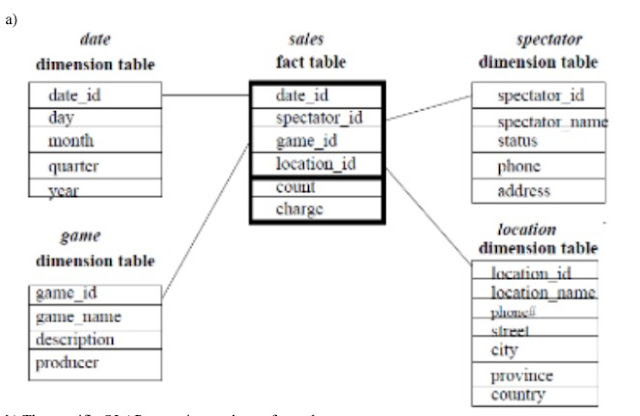Explain secure software development life cycle (SecSDLC).
SECURE SOFTWARE DEVELOPMENT LIFE CYCLE (SECSDLC)
The SecSDLC entails identifying specific threats and the risks they represent, then designing and implementing specific controls to fight those threats and aid in controlling the risks they pose to the company and/or its customers. The SecSDLC must be consistent, repeatable, and conformant. The SDLC is divided into six phases, each of which includes processes unique to the SecSLDC:
Phase1. Investigation: Define project processes and objectives and include them in the program security policy.
Phase 2. Analysis: Analyze current security policies and programs, current threats and controls, legal challenges, and risk analysis.
Phase3. Logical design: Create a security blueprint, prepare incident response activities, business catastrophe responses, and assess the viability of continuing and/or outsourcing the project.
Phase4. Physical design: Develop a definition of a successful solution, establish physical security measures to support technical solutions, and evaluate and approve plans.
Phase5. Implementation: Purchase or create security solutions. Present a tested package to management for approval at the end of this phase.
Phase6. Maintenance: To respond to evolving dangers, constantly monitor, test, adjust, update, and repair.
.png)



Comments
Post a Comment